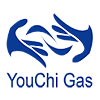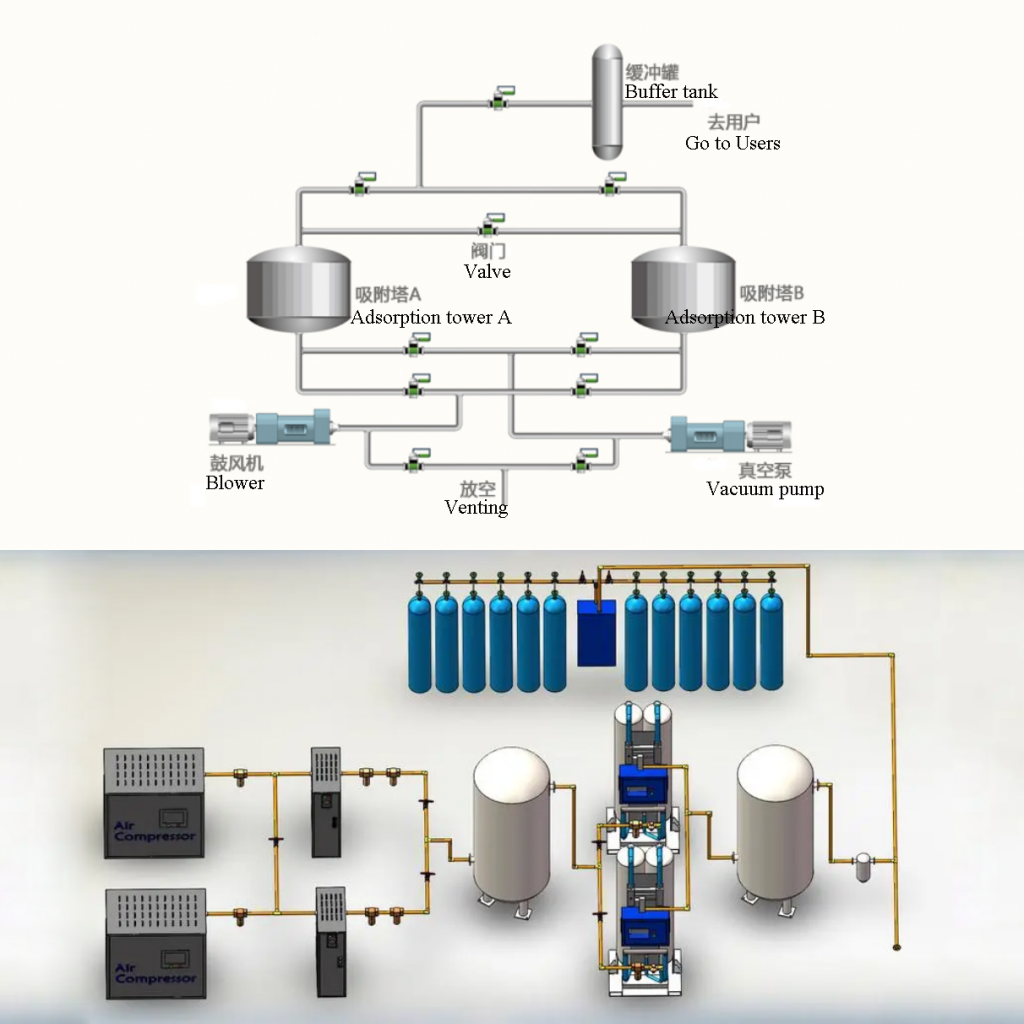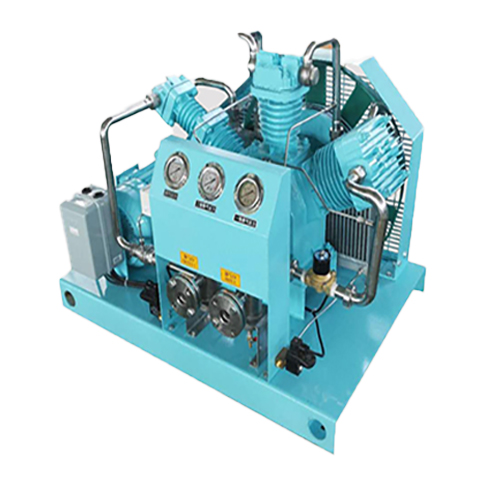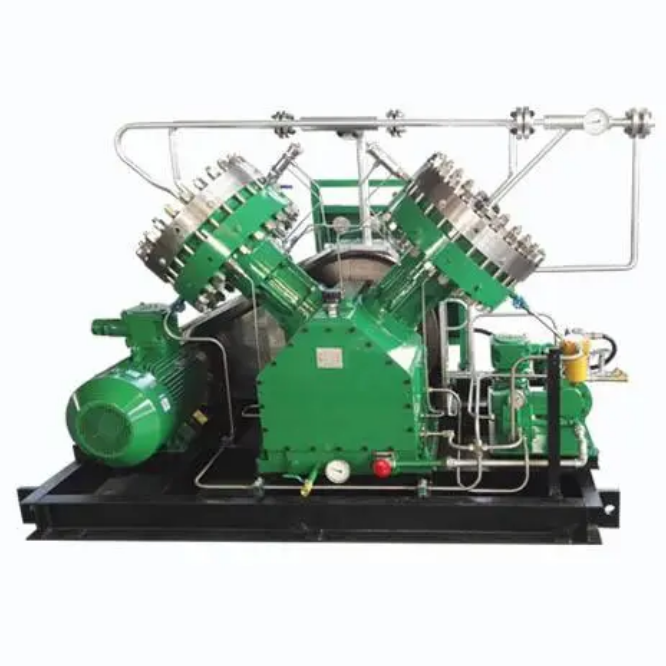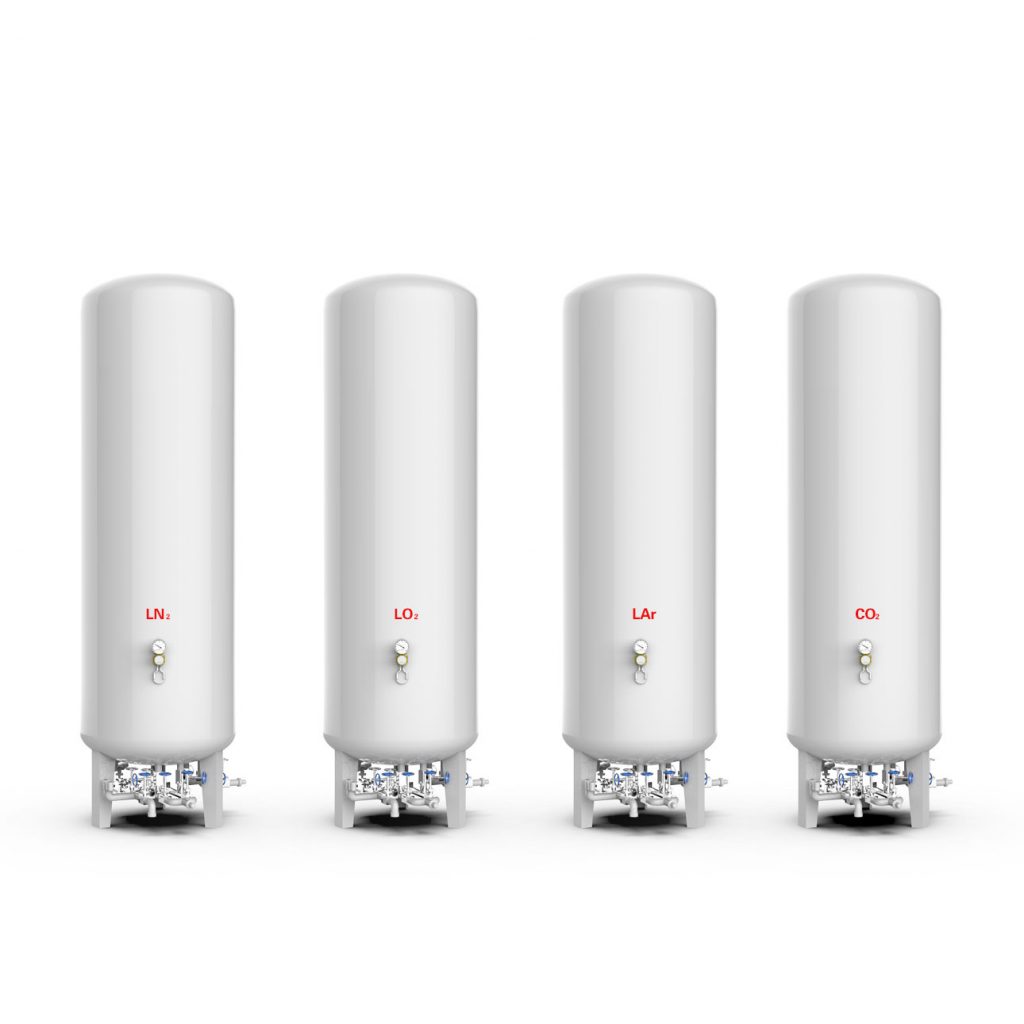1, the danger
1.1 Health hazard: Prolonged inhalation of pure oxygen lead to poisoning. At normal pressure, oxygen concentration exceeds 40%, there occurs possibly oxygen poisoning. There are two types of oxygen poisoning:
A, Lung-type: Mainly occur in prolonged inhalation of oxygen with concentration 40-60%. Initially, there are slight subcostal discomfort, accompanied by light cough, further a sense of chest tightness, subcostal burning sensation and breathing difficulties, cough increased. If worsening, occur in pulmonary edema and suffocation.
B, neuronal type: Mainly occur in prolonged inhalation of oxygen with concentration more than 80%. Initially, often occur lips or facial muscles twitching, pale, dizziness, cardiac acceleration, collapse, further followed by generalized tonic epileptic convulsions, coma, respiratory failure and death; also possible eye damage, even blindness.
-First aid measures: rapidly go from the scene to fresh air site, carry out respiratory resuscitation when breathing stops, and cardiopulmonary resuscitation when his heart stopped. When oxygen poisoning, patient need medical treatment observation for 24-28 hours, in order to avoid delays in the treatment of pulmonary edema.
1.2 The burning & blasting risk: Oxygen is a strong oxidizer, oxidizing, and mixture with flammable vapor can form an explosive mixture of combustion; heavier than air, easy to spread in the air. Spreading fast leads to static discharge, thus fire and explosion.
Fire-fighting measures: cut off the gas supply, water-cool containers to prevent heat explosions. Optional extinguishing agents: water, foam, carbon dioxide, dry sandy soil and so is suitable for extinguishing surrounding fire.
2, leakage emergency measure
Emergency treatment: rapid plug or cut off the gas supply and maintain ventilation. Cut off all the fire sources; prevent static electricity generation, keep away from combustible materials. Personnel to enter the site, shall wear protective equipment.
3, Handling and storage
Handling Note: the operator must go through specialized training, certificates, strictly abide by relevant laws and operating procedures to operate equipment. Pipelines need strictly degreasing, labor protection appliances shall be without oil stain. Work site is strictly prohibited fireworks, with a corresponding variety and quantity of fire-fighting equipment and first aid items, there is good ventilation measures and static line device. Moving slightly, pack slightly when unloaded, is strictly prohibited throwing slip roll.
Storage Precautions: Avoid co-existing with reducing substances, warehouse location is well-ventilated place where there is a safe distance required away from combustible materials, roads, buildings, electrical equipment. The warehouse location should equip lightening rods. Prohibit fireworks and equip with corresponding variety and quantity of fire equipment.
4, other security matters
Prohibit smoking in work site, worker need avoid the consumption of alcoholic beverages before come to work site. Who have prolonged exposure to oxygen, need air blowing for 15min and then can be approved contact with naked flame.
5, transport considerations
Stick oxidizer label on cylinder, wearing bottle cap and anti-vibration ring and preventing sun exposure, in the transportation process, can not contact with grease, compressed oxygen bottles need limited transportation.
